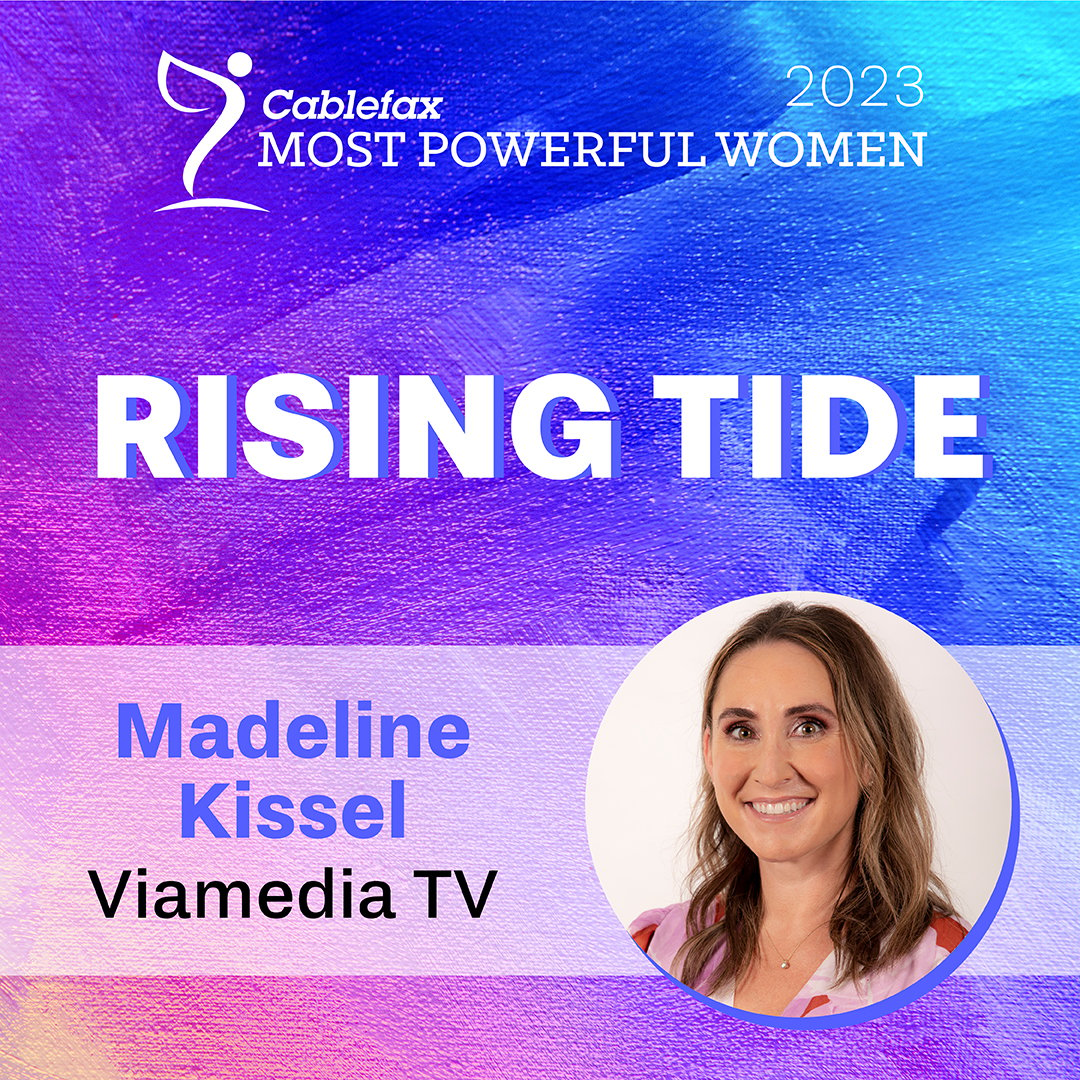-
Published in AdAge, March 23, 2020
Ad industry executives have long predicted the demise of the TV upfronts and coronavirus could provide the ultimate catalyst

'We will survive coronavirus. ... The upfronts may not.'
As a perennial optimist, I have been looking for any silver lining in what has become a public health crisis. Permanent societal changes will take place. Social distancing has become the norm (hopefully only in the short term).
With the shutdown of many events, shows, venues and an extraordinary number of educational institutions, clearly the business-videoconferencing and the online-learning sectors have benefited. Our marriage to screens will be stronger than ever and TV viewing, especially daytime, will be on the rise as people spend more time at home. Nevertheless, with premium programming like March Madness and other iconic events having been canceled, the effect on TV advertising is unclear.
There is, however, one potential long-term effect on TV advertising which, for lack of a better word, I’ll term positive.
Ad industry executives have long predicted the demise of the TV upfronts, wondering aloud whether real-time audience, impression-based buying and the programmatic marketplace might ultimately obviate this time-honored tradition. Could coronavirus be the ultimate catalyst? Industry executives have not hesitated to ask this question; I’m not the first.
Personal interaction and client entertainment are traditions within any industry, and that’s always been especially true of TV advertising. But, given the industry’s massive, tectonic changes of recent years, is there still room for the process of large, extravagantly staged annual gatherings?
The coronavirus scourge already has disrupted the annual spring-season process of transacting major television advertising deals. All networks and other participants of course have canceled their in-person upfront presentations to advertisers, many programmers opting for “virtual” upfronts.
Combine the virus with the acceleration of cord-cutting, and the TV ad industry has some strong headwinds, to put it mildly. By contrast, the fast-growing digital ecosystem is already transacted on a real-time audience and impression basis. The coronavirus, in a perverse way, may hasten a re-thinking of the upfronts, at least as currently configured.
Could this crisis trigger a broader, lasting, even profound, change in the way TV advertising is transacted? Could it be the catalyst to accelerate the value of TV, by enabling the process of transacting TV advertising to catch up with the growth of digital advertising? Could this actually help offset any TV advertising losses in the short term?
In other words, some might see the upfronts, like the three-martini lunch, as an antiquated relic long since bypassed by the reality of lightning-speed digital transactions based at least as much on data as content and relationships.
Not to worry. Relationships and personal interaction will always matter in the TV advertising business. But in this data-driven world, clients will need their agency and media partners to be ready with metrics that support the relationship.
Ultimately, marketers will not care where their agency and media-buying partners find audiences for them, so long as it is on “any piece of glass” and—to the extent possible as budgets permit—in an impactful, TV brand-friendly environment.
Possibly the advanced TV consortium OpenAP offers an example of a roadmap. Partners including ViacomCBS, NBC Universal, Fox and Univision are collaborating on an audience-based buying platform enabling advertisers to leverage first-party data or defined audience segments to buy quickly across the companies’ properties and platforms—linear TV, connected TV (CTV), set-top box, mobile or desktop.
There have been other efforts. Canoe (video-on-demand ad platform), Project OAR (addressable-ad platform), Simulmedia (TV ad management platform) and the cloud-based product QTTTM (bridging digital programmatic platforms with linear TV ad inventory in real time). None of these require the traditional TV upfronts.
Whether we like it or not, the process of selling video advertising has to evolve and we, as sellers, will be forced to innovate in order to participate in—or be left behind by—that evolution.
The coronavirus is indeed frightening, and we all should take this time to care for our loved ones. And, as with so many medical crises throughout our history, we will get through the coronavirus chapter stronger, wiser, readier and healthier. We will survive coronavirus. The upfronts, and certain other aspects of legacy-thinking within the TV-advertising ecosystem, may not. And that may actually be ... healthy.







